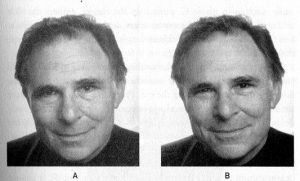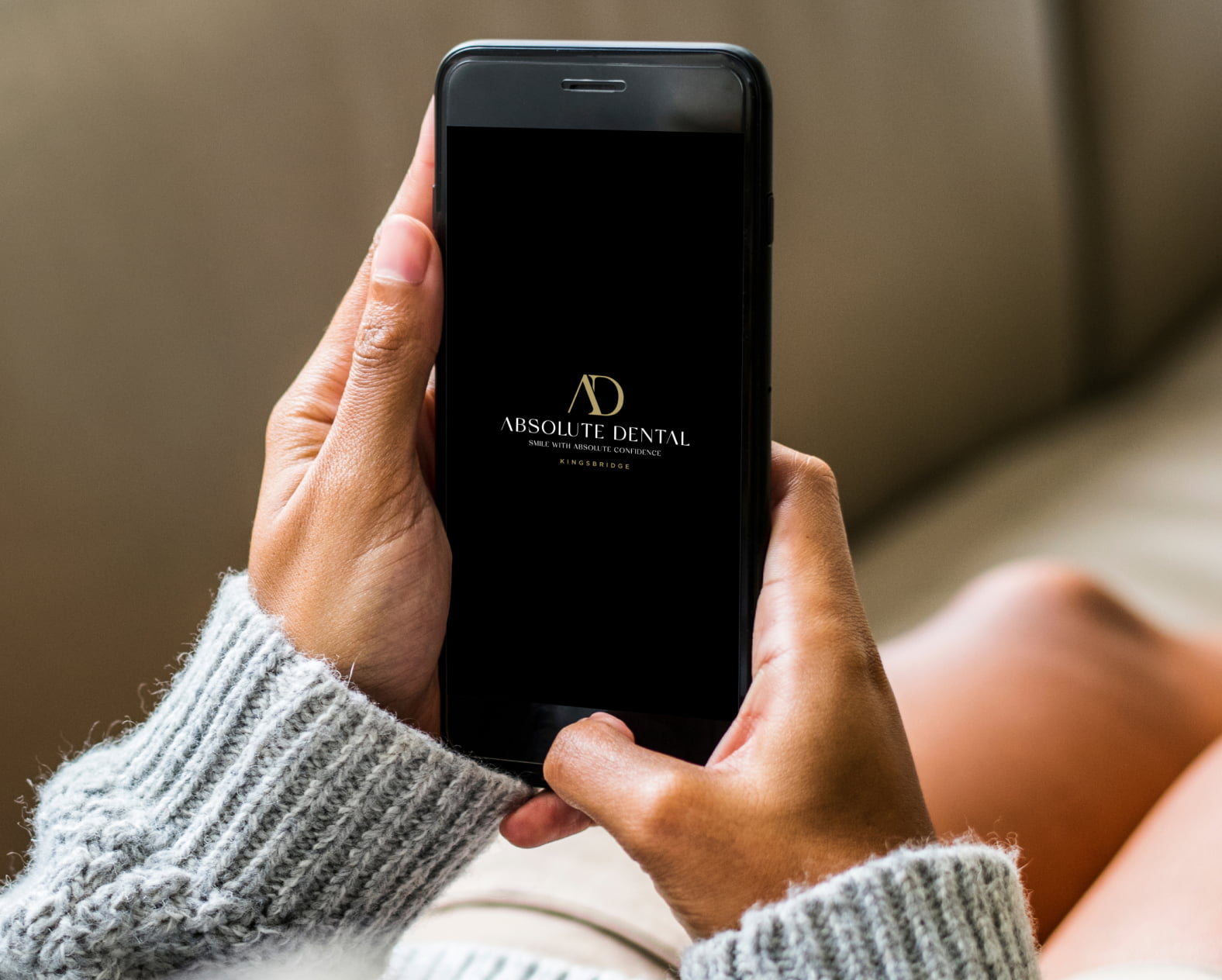09 / 04 / 2021
WHAT IS HAPPENING IN OUR BRAINS WHEN WE SMILE?
Let’s say you experience a positive situation and you see a friend you haven’t met in a long time. This means that neuronal signals travel from the cortex of your brain to the brainstem (the oldest part of our brains). From there, the cranial muscle carries the signal further towards the smiling muscles in your face.
Sounds simple enough
And yet, that’s only where it starts. Once the smiling muscles in our face contract, there is a positive feedback loop that now goes back to the brain and reinforces our feeling of joy. To put more succinctly:
- Smiling stimulates our brain’s reward mechanisms in a way that even chocolate, a well-regarded pleasure-inducer, cannot match.”
Smiling then, seems to give us the same happiness that exercising induces in terms of how our brain responds. In short: our brain feels good and tells us to smile, we smile and tell our brain it feels good and so forth.
That’s why in a recent research scientists concluded “that smiling can be as stimulating as receiving up to 16,000 Pounds Sterling in cash.” Here is a brief description of the different muscles the cranial muscle activates in our face:

Real versus fake smiles, can we tell the difference?
Whenever we smile, there are 2 potential muscles we activate. The first one is the zygomaticus major and it controls the corners of your mouth. Whenever this muscle only is activated, it’s not actually a genuine smile. Scientists call this also the “social” smile. The second muscle, known to show sincerity is the obicularis occuli and it encircles our eye socket.
The true smile also called the duchenne smile, named after the famous scientist who first separated the “mouth corners”-only smile, from the “eye socket” one. Here is a comparison:

Our brain can in fact distinguish very easily between what’s real and what’s fake. In fact researcher Dr. Niedenthal argues there are 3 ways we can do so:
- Our brain compares the geometry of a person’s face to a standard smile
- We think about the situation and judge whether a smile is expected.
- Most importantly: We automatically mimic the smile, to feel ourselves whether it is fake or real. If it is real, our brain will activate the same areas from the smiler and we can identify it as a real one.
Niedenthal then experimented with how important it is to be able to mimic smiles and whether we could still tell the genuine smiles from the fake ones:
Dr. Niedenthal and her colleagues asked the students to place a pencil between their lips. This simple action engaged muscles that could otherwise produce a smile. Unable to mimic the faces they saw, the students had a much harder time telling which smiles were real and which were fake.
So the fact that we can’t try it for ourselves, leaves us almost unable to identify any smile as fake or real.






